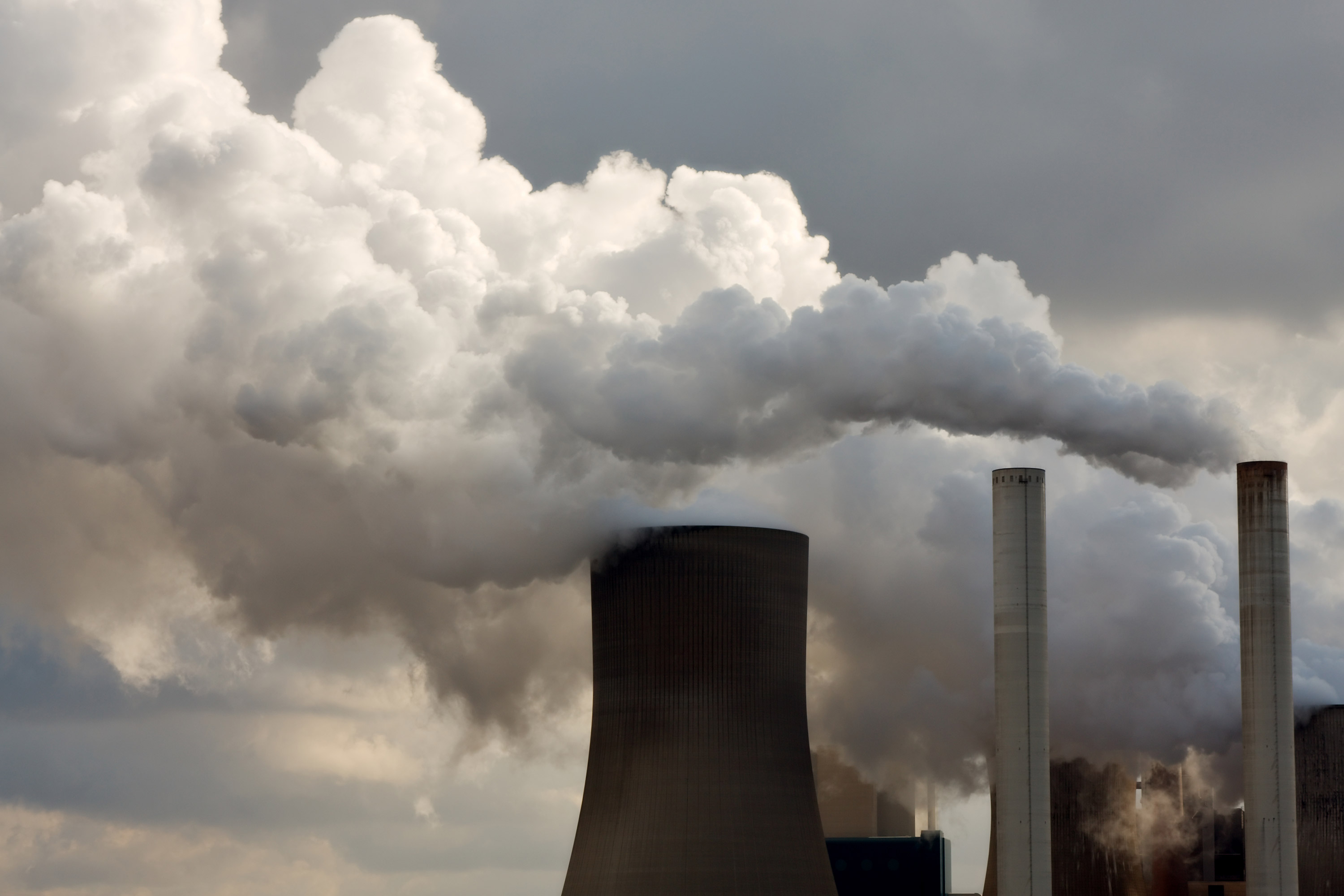Hydrogen Chloride (HCl)

How can we help you?
Hydrogen chloride (HCl) is a chemical compound composed of a hydrogen atom with a single polar covalent bond to a chlorine atom. This usually colorless gas is produced both naturally, for example from volcanoes, and as a byproduct of human activities, such as during the burning of certain plastics. Hydrogen chloride is highly soluble and, for manufacturing purposes, is often mixed with water for production of hydrochloric acid.
Since the industrial revolution, hydrogen chloride has come to be used for a wide variety of purposes including in the production of plastics, leather tanning, and electroplating metals. During these manufacturing processes, hydrogen chloride monitoring can be important as human health risks include irritation, burns, and gastritis. Hydrogen chloride emissions, such as those from coal-burning plants, can also trigger unwanted environmental effects. For example, the gas can react with moisture in the air to form hydrochloric acid, which can damage infrastructure and ecosystems. Due to these concerns, sensitive, continuous, and real-time monitoring of hydrochloric acid is vital to understanding emissions sources and ensuring environmental and workplace safety.
Picarro has designed and produced a gas concentration analyzer that precisely measures hydrogen chloride for laboratory and field studies.
Analyzers
| Product | Measurements | Applications |
|---|---|---|
SI2108 Gas Concentration AnalyzerThe Picarro SI2108 gas concentration analyzer delivers precise, real-time monitoring of hydrogen chloride (HCl) at a parts-per-trillion (ppt) sensitivity for atmospheric science, indoor and outdoor air quality, and hazard assessment applications. |
Peripherals
| Product | Measurements | Applications |
|---|---|---|
16-Port Distribution Manifold (Silco)The Picarro 16-Port Distribution Manifold provides unparalleled multiport sample-data collection. |
